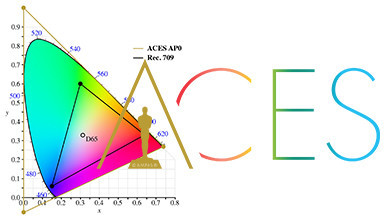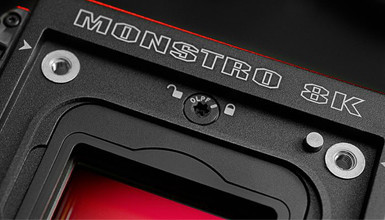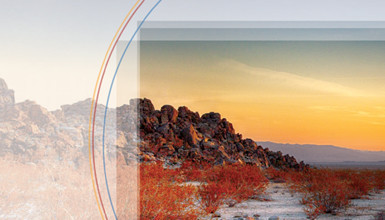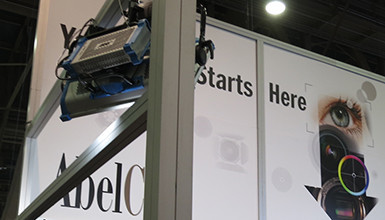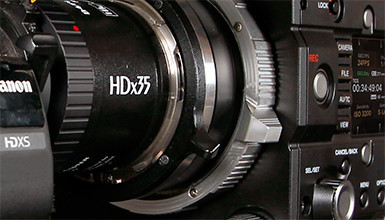Technical Standards
Tutorials & Guides
The Academy Color Encoding System, better known as ‘ACES’, is a comprehensive Color Management System (CMS) specified and made available by AMPAS, the Academy of Motion Picture Arts and Sciences. With version 1.2 on the horizon, I thought now was a good time to look at the current state of affairs, as well as what to expect in future releases.
Tutorials & Guides
RED has released no fewer than three 8K cameras since 2015. First was the full format WEAPON DRAGON VV (short for VistaVision), notably used by Henry Braham, BSC on Guardians of the Galaxy Vol. 2. Next came the EPIC-W and WEAPON HELIUM, both using RED's 8K S35 HELIUM sensor, which packed 8K of pixels into an area similar in size to the standard 3-perf Super35 format and provided a new level of noise performance, especially when scaled down to deliverable resolutions like UHD 3840x2160 or good old HD (1920x1080). Finally, last fall, RED released a replacement for that first 8K camera, incorporating the new sensor technology from their HELIUM chip, and dubbed it MONSTRO. But, aside from resolution, what are the advantages of these 8K sensors? One answer might surprise you: color.
Tech News
In this video, Newsshooter's Matt Allard gets all the details on Apple's new ProRes RAW codec from Atomos founder and CEO Jeromy Young. Apple's ProRes RAW is an exciting new compressed RAW codec, which was just debuted exclusively through Atomos' Shogun Inferno and Sumo monitor/recorders.
Tutorials & Guides
One of the big topics at NAB this year will no doubt be the introduction of full format cinema cameras, and lenses to accompany them. In this blog, I give a practical guide to these cameras and their many advantages.
Tutorials & Guides
AbelCine’s NAB 2018 presence is all about full format. “Full format” is the term we use to describe the tools, techniques and hardware emerging around the creation of motion content using cameras with sensors of approximately 36mm x 24mm or larger, but smaller than the traditional large format sizes of 65mm film and beyond. In this post, I give our perspective on this emerging, yet also familiar and classic, capture medium.
Tutorials & Guides
0
Engineer Ben Meadors talks monitor calibrations – from why you should be doing them, to how they’re performed, to how often you should perform them. A properly calibrated monitor is the key to ensuring you will see the most accurate colors.
Tech News
Our booth presentations were a big hit at this year’s NAB show. Featuring a range of topics from HDR and cinematography tools, to livestreaming and branded content, panelists included working cinematographers, technology specialists, industry experts, and more.
Tutorials & Guides
At the recent LA stop of the VII Evolution Tour, the topic of video compression was brought up in relation to using an external capture device instead of recording internally to the camera.
Tutorials & Guides
There are currently many new cameras hitting the market, often with new lens mount types. It comes as no surprise that everyone is trying to determine the best lenses for their new camera system, while others are trying to utilize lenses they already own with a new camera. We all know that lenses often outlive our cameras, so it only makes sense to get the most out of them.
- Page 1 of 5
- Next











